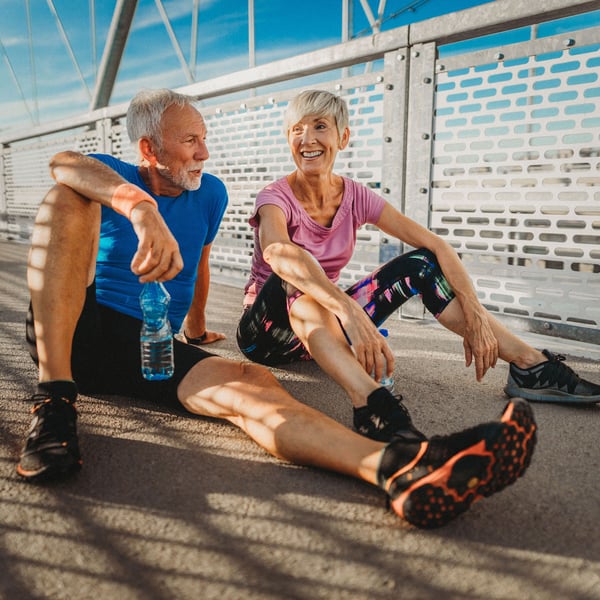
Do you suffer from spider or varicose veins that make it uncomfortable for you to walk around in shorts or a dress? Did you know that with the help of a board-certified dermatologist you can diminish leg veins by summer?
What causes spider or varicose veins?
“We develop spider or varicose leg veins in our legs when tiny valves inside the veins weaken,” noted Dr. Victoria Negrete, board-certified dermatologist with Forefront Dermatology. “In healthy veins, these valves push blood in one direction, back to our heart. When these valves weaken, some blood flows backward and accumulates in the vein. Extra blood in the vein puts pressure on the walls of the vein causing them to start bulging and turning into varicose or spider veins.” Spider veins can also be caused by sunlight, hormonal changes, or injury. You are at a higher risk of developing these types of veins from the following factors: obesity, age, being female, being inactive, leg injuries, pregnancy, and smoking. Keeping a healthy weight, regular exercise, putting your feet up while sitting, and not crossing your legs are all ways to help prevent varicose veins from forming.
Are spider or varicose veins harmful?
Spider and varicose leg veins are usually not serious. Complications may occur with varicose leg veins including inflammation and blood clots but these are rare.
Diminish leg veins by summer!
Sclerotherapy is a medical procedure performed by a board-certified dermatologist that has been safely used since the 1930s to eliminate varicose veins and spider veins. “Sclerotherapy is a short procedure in which a fine needle is inserted into the targeted veins,” added Dr. Negrete. “A chemical salt solution is then injected causing the vein to become damaged. The damaged vein then closes via scarring, causing it to fade away.” Sclerotherapy not only reduces the appearance of the veins but for many can improve related symptoms such as aching, swelling, burning, and night cramps. The procedure itself takes approximately 15 to 30 minutes. The number of veins injected in one session depends on the size and location of the veins as well as the general medical condition of the patient. With minimal discomfort and downtime, definitive results can be experienced within three to six weeks, but you might not see your full results for as long as six months. Studies have shown an overall success rate of about 60 to 80 percent in eliminating treated veins.
“Some physicians may also recommend laser treatments to treat spider and small varicose veins. As a dermatologist, this would not be my choice of treatment,” remarks Dr. Negrete. “Lasers are not proven to be effective in treating these types of vein issues. Laser treatments can be effective though for treating facial veins, but sclerotherapy would be my procedure of choice to treat individuals concerned with spider or varicose veins in their legs.”
Struggling with leg veins?
Many of our Forefront Dermatology locations and board-certified dermatologists offer sclerotherapy treatments for varicose veins and spider veins. Find a dermatologist near you today.





